If 2021 was the year of the staycation, and 2022 gave us the chance to finally spread our wings again, we look to 2023 with greater hope and more ambitious plans. Above all, the year ahead offers a chance to change the way we travel – to travel more deeply as much as more widely.
To support this desire to explore in a deeper, more conscious way, we are spotlighting emerging, underrated and revitalised neighbourhoods in some of our favourite cities. This offers the familiar comfort of revisiting old haunts, while adding the excitement of fresh discoveries and inspirations.
Munich: Schlachthofviertel
As the municipal slaughterhouse that gave the neighbourhood its name slowly vacates its red-brick premises, it makes way for a whole new quarter. On the former site of the stockyard, meat processing businesses and vacant lots coexist with a newly built theatre, as well as an interim shipping container village housing artists’ studios and a night club. Bars and restaurants in the surrounding residential streets attract young, alternative types, but future developments are certain to draw a posher crowd.
Berlin: Neukölln
Gritty Neukölln has long resisted gentrification. It has its fair share of cool shops, cafes and bars, mostly centred around the main hipster drag of Weserstraße and interspersed with the area’s established kebab shops, sheesha lounges and discount stores. Venture south past the cacophony of busy thoroughfare Sonnenstraße and you find yourself in an idyllic village with old houses and cobblestoned streets. Now that even Berlin is struggling with rising rents, activists are fighting to retain this delicate balance of old, new and blow-in, by preventing locals being priced out of the area.
Zurich: Zurich West
In a city this quaint and picturesque, it’s hard to imagine anything resembling a ‘rough’ neighbourhood – and that’s not what Zurich West is. However, compared to the old town and lakeside neighbourhoods, the former industrial area is charmingly unkempt. An alternative beer garden serves cheese fondue in a chic junkyard setting, the Freitag company headquarters are housed in a stack of shipping containers, a market hall and designer boutiques occupy an old viaduct. It’s far enough from the central tourist attractions that you could miss it entirely, but close enough to stop by on your next visit.
London: Walthamstow
Unlike London’s most well-known hipster enclave Shoreditch, Walthamstow isn’t a run-down inner-city borough scrubbed up by creatives. It’s a friendly suburb that recently added ‘cool’ to its long list of qualities. In addition to a charming village high street and ample green spaces, it has a ‘junkyard’ filled with an eye-popping mix of neon signs and illuminated art; shipping containers housing an urban food market; a gin palace inside an old distillery; an outdoor and indoor market; and, what else, the requisite mix of new eateries, gastropubs and cool shops popping up as the city’s young and hip discover the area’s charm.
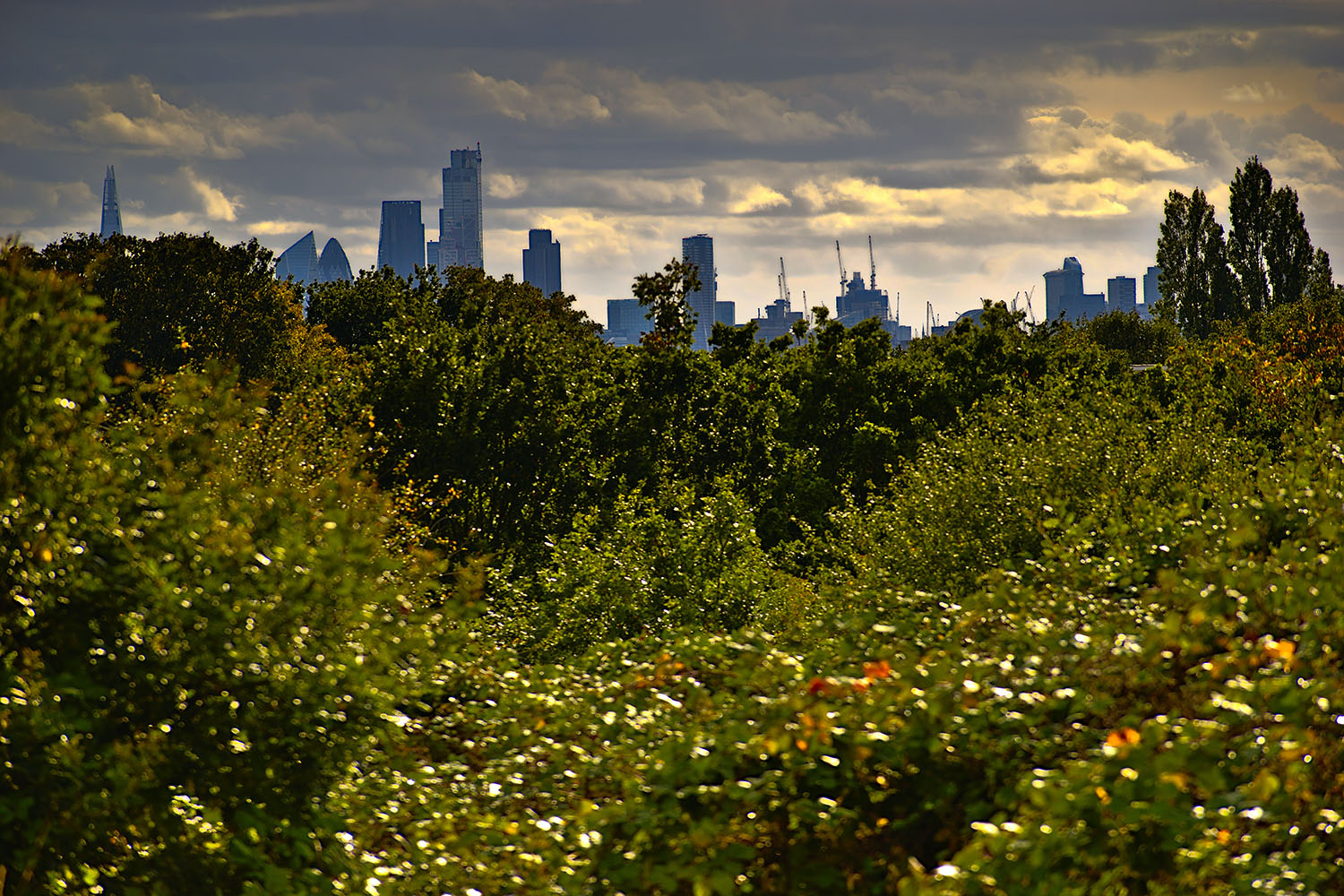
Dublin: Phibsborough
As a rule of thumb, any Dublin area hailed as hip in recent years has been in the city’s formerly rough Northside. Smithfield and Stoneybatter have already come full circle, now it’s Phibsborough’s turn to go from old residential to popular with students to hipster haven. It’s unlikely to show up in any guidebooks since it has no real tourist attractions of its own, so you can enjoy the local cafes, restaurants and pubs on their own merits. It is, however, close to many Northside sights, like Glasnevin cemetery, Croke Park Gaelic sports stadium and the Royal Canal.
Kraków: Podgórze
Podgórze, across the Vistula River from the old town, has been home to several tourist attractions for some years now. However, most visitors would only pop across to visit Schindler’s Factory, the Museum of Contemporary Art or the Kraków Ghetto Memorial, without exploring the area itself. In the past decade, the Bernatek footbridge has made the district more accessible, and it gained points of interest like the Cricoteka, an eye-catching theatre on the banks of the river, several smaller museums and cultural centres, as well as a smattering of cool cafes and restaurants.
Sydney: Marrickville
Previous hipster hub Newtown has been gentrified out of competition, but neighbouring Inner West suburb Marrickville is positioned to take on the title. Enmore Road, which connects the two neighbourhoods, was voted Sydney’s coolest street in a 2022 Time Out poll, as if to confirm, rather poetically, that the road to trendiness currently runs from Newtown to Marrickville. With a mix of ‘authentic ethnic’ and trendy restaurants, converted warehouses and street art, local watering holes and happening bars, it has all it takes to be hip – at least until it, too, inevitably succumbs to skyrocketing property prices.
Hong Kong: Sai Ying Pun
Unlike most emerging neighbourhoods on this list, Sai Ying Pun’s revival is the result of a targeted urban renewal project, the stated goal of which is gentrification. One of the city’s oldest areas, it still has many beautiful colonial buildings, but a number of them are in varying states of disrepair. A new underground station and the ensuing high-rise developments have begun to change the neighbourhood’s character. Now contemporary art galleries, modern eateries and bougie boutiques have started to pop up, but older establishments are still dotted in between – for now.
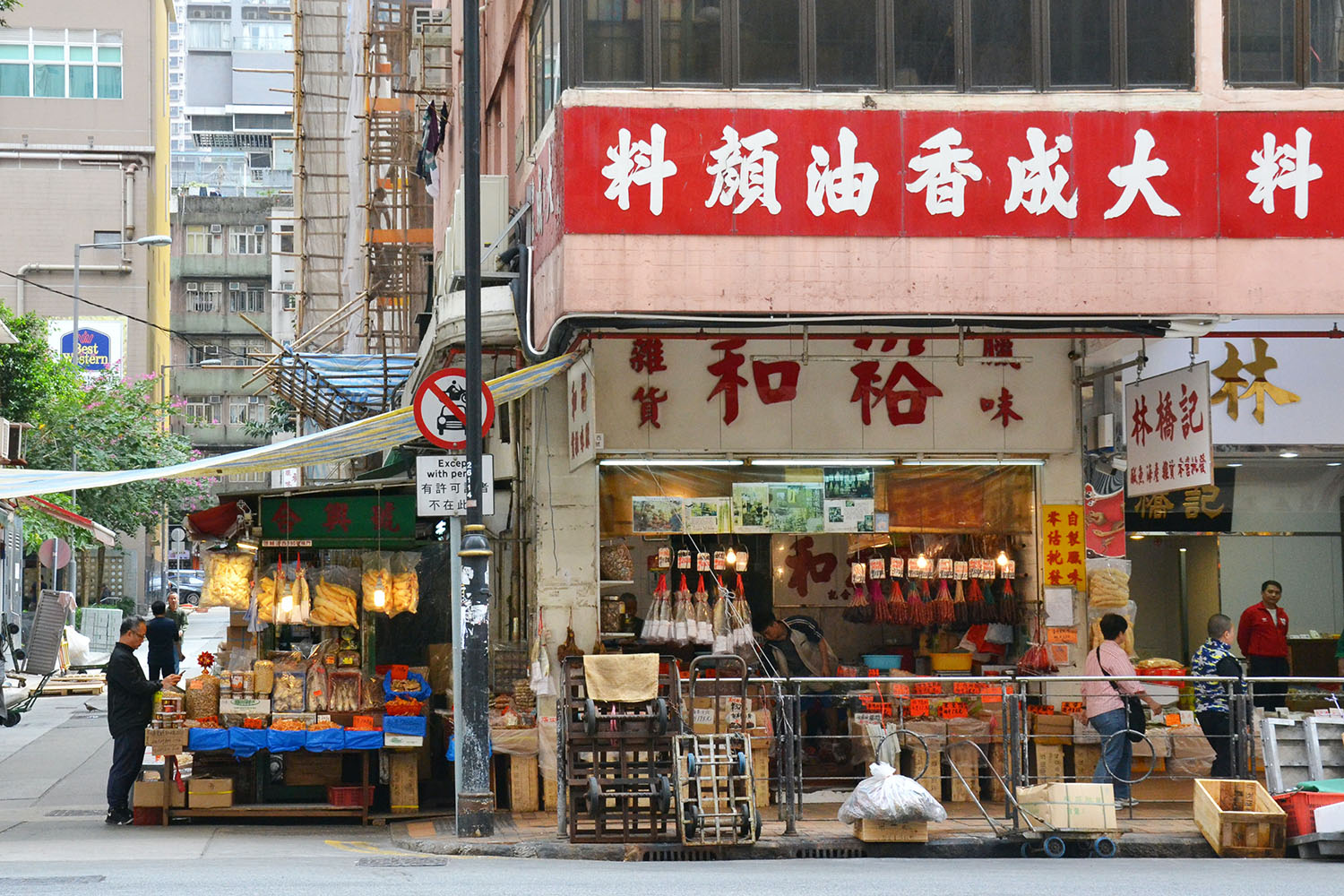
Seoul: Seongsu-dong
This neighbourhood on the Han River has everything you need for an emerging neighbourhood starter pack: refurbished warehouses – check; weekend market – check; artists’ studios – check; stylish cafes, restaurants, galleries, and shops – check, check, check and check. Although the area has been popular with trendsetters for some years now (and is frequently referred to as ‘the Brooklyn of Seoul’), it still isn’t on the tourist trail. Those who do visit are rewarded with unique highlights including a matcha tea house, a courtyard cafe with its own treehouse and a caramel candy manufactory.
Kuala Lumpur: Damansara Heights
This leafy neighbourhood didn’t get much cool cred until a spate of new eateries started popping up on and around Plaza Damansara in the past few years. The cafes, bars and restaurants will take you from early to late and new ones keep opening up. Elsewhere in the area, you can shop at concept stores and one of the best food markets around, live the remote work life at Common Ground coworking or catch a live show.
Bangkok: Charoen Krung
Charoen Krung is not a neighbourhood, strictly speaking, but a long, meandering road (the city’s oldest, in fact). It traverses several areas, running more or less parallel to the more upscale riverside precinct on the right bank of the Chao Phraya River. Its jumble of heritage buildings and warehouses, blend of cultures and mix of eateries alone make it worth a visit. Since the Thailand Creative & Design Center (TCDC) moved here in 2017, the area gained additional cachet. Street art, cool cafes and bars, stylish shops and even an uber-cool designer skate park followed in its wake.
Tokyo: Shimokitazawa
Shimokita, as those in the know call this bustling neighbourhood, has been a boho favourite since the 1970s. However, in addition to the popular vintage stores, live venues and cinemas that have long made it attractive to urban creatives, several new developments are bringing a different, more upscale vibe to the area. The most prominent is a gallery of restaurants and shops underneath the elevated railway tracks. The brand-new sheen stands in stark contrast to the higgledy-piggledy lanes and buildings, but hopefully won’t change the area’s character.
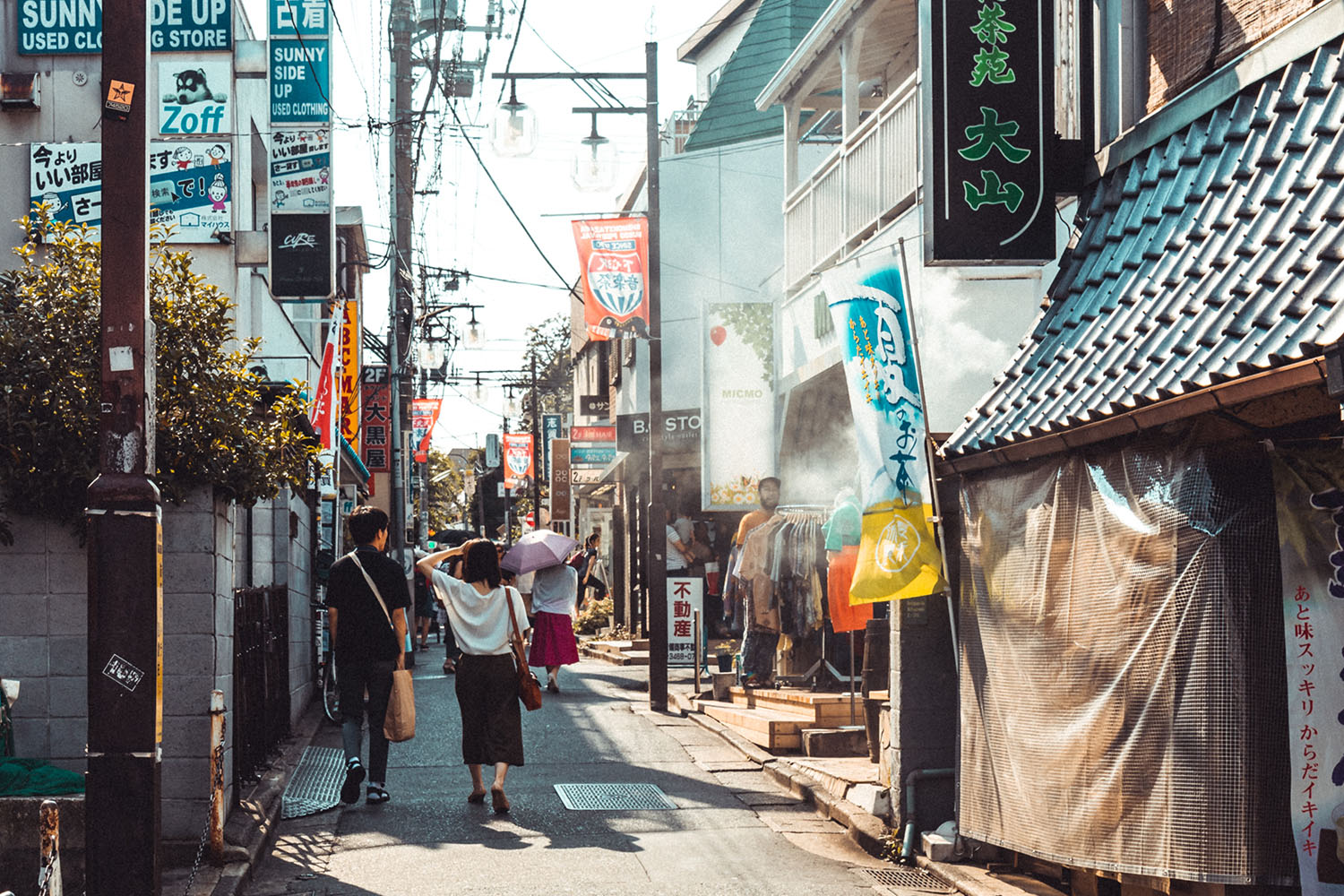
Vancouver: Chinatown
If you ask us, Vancouver’s Chinatown is perfectly positioned for a hipster takeover. Located between quaint, touristy Gastown and infamously seedy Downtown Eastside, its central location and relative affordability have enabled young creatives and daring entrepreneurs to move in. In addition to the established restaurants and modern eateries putting a twist on Asian cuisine, today you’ll find specialty coffee shops, cool bars and even a chic speakeasy. Designer studios, a hip bike shop and vintage fashion round out the offerings.
Seattle: Frelard
Somewhat of an impostor, this area is a portmanteau of the two popular areas on either side, Fremont and Ballard. Some argue that it could be counted towards one or the other, but locals insist it’s worth treating Frelard as a separate neighbourhood. Not sure what to call it? You’ll find plenty of restaurants, brewpubs and bars where you can mull over your decision. Wander towards the more industrial waterfront and you’ll see that the old – in this case boat builders and warehouses as well as artists’ studios – still coexists with the new in this unique pocket of central Seattle.
San Francisco: Dogpatch
This semi-industrial neighbourhood is already mid-gentrification, but still a little rough around the edges. The waterfront is largely occupied by shipyards, factories and warehouses, although some industrial buildings have been converted, some have made way for new developments and one former pier was even turned into a park with a popular beach. The opening of the Institute of Contemporary Art in October 2022 brought the first serious art establishment attraction to the area and others are sure to follow.
Los Angeles: South Los Angeles
This area, formerly known as South Central, is shaking off its problematic image and showing off its diverse, liveable neighbourhoods and unique attractions. They were always there, obscured by high crime rates that previously put off visitors. Now a new metro line makes the area more attractive and easily accessible. Hotspots include the impressive Watts Towers sculptures, Baldwin Hills with the Museum of African American Art, and Leimert Park, a cultural touchstone for Black Angelenos. In between, you can sample authentic African American cuisine, explore street art and take in the community spirit.

Havana: San Isidro
This former (tolerated) red light district is part picture postcard Havana, part crumbling tenements and part contemporary cool, with street art – often political – on every corner. The area’s transformation from run-down residential area to arts hub began with the opening of Galería Taller Gorría. Today, the name of the quarter has gained global notoriety thanks to a group of artists naming their anti-censorship protest group San Isidro Movement.
Mexico City: Colonia San Rafael
Mexico City has fashioned itself into an expat paradise in recent years. Remote workers from all over the world are leaving their mark on the megalopolis, especially in its most popular quarters, potentially accelerating the spread of gentrification. La Condesa is a well-established (read: touristy) area for all things art, design and fashion, while neighbouring Roma is often hailed as its edgier counterpart. One more barrio over, in San Rafael you’ll get an even more authentic experience.
Rio de Janeiro: Botafogo
Gastronomic innovation is the driving force behind the success story of this area. Without a beachfront, it’s not an immediately obvious candidate for a must-visit neighbourhood. However, the less scenic the location, the lower the rents, which in turn attracts artists, entrepreneurs and restaurateurs. Once you’ve had your fill of the beach, head here for some culture, food and nightlife. Rua Nelson Mandela alone will keep you entertained all day – and night!
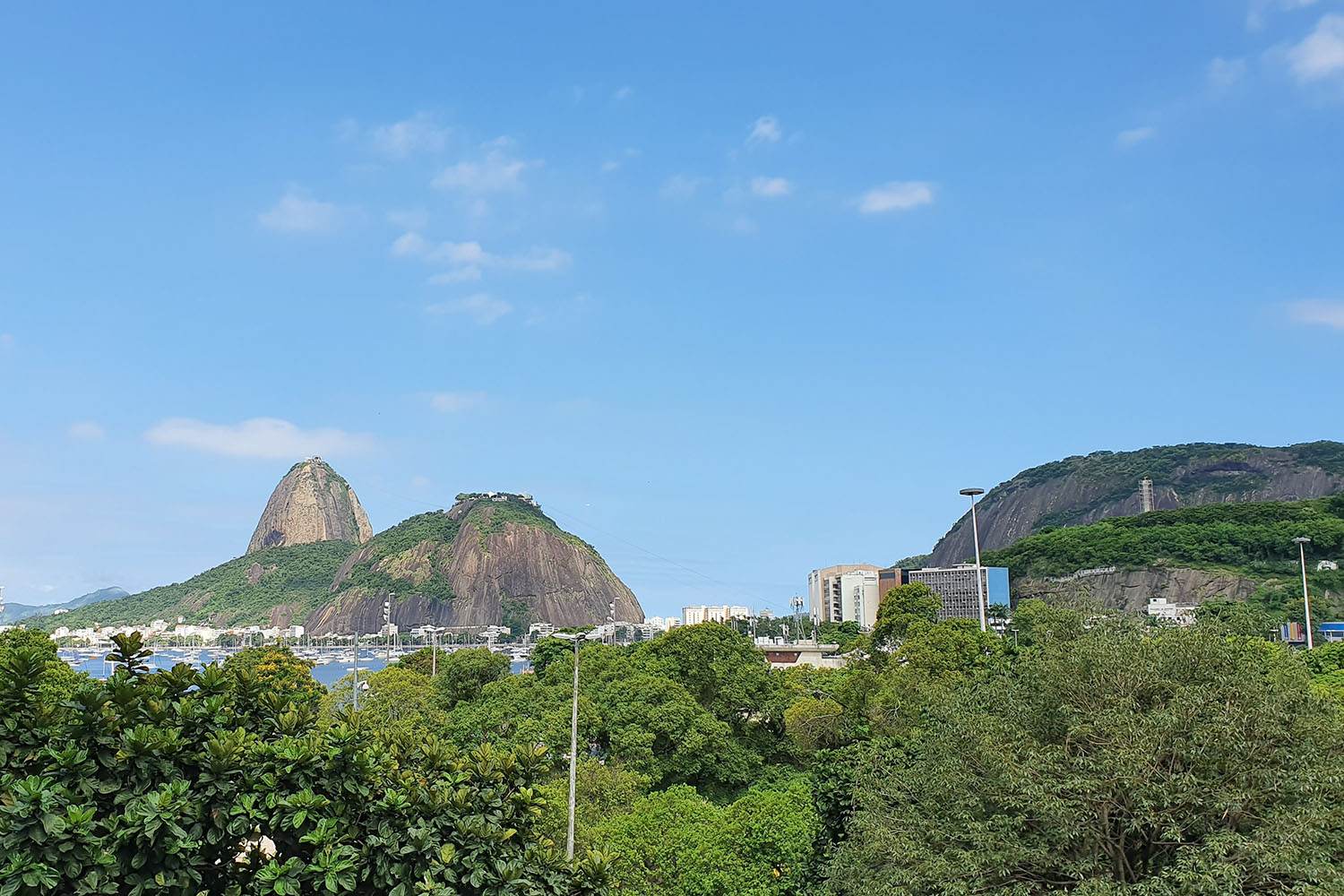
Johannesburg: 1 Fox Precinct
The area known as 1 Fox Street is often folded into Maboneng, Johannesburg’s first big inner-city success story. The two precincts are indeed only a short walk apart and both follow the same playbook. However, while it emulates the winning formula that turned Maboneng into a major African arts and design hub in a matter of years, 1 Fox is still the lesser-known spot, but one well worth discovering. A jumble of 19th-century warehouses (or ‘sheds’) is home to a brewery, distillery, bar, restaurant, event venue, and regular pop-up markets.
Cape Town: Woodstock
Woodstock, on the edge of the City Bowl, has been hailed as a neighbourhood to watch for some years now. The Old Biscuit Mill led the way with designer stores, bars, restaurants and a weekly market inside a refurbished factory. However, up until a few years ago, the streetscape was still patchy, with revellers advised to take taxis even between nearby venues due to safety concerns. More recently, the gaps have started to fill in and the area is finally living up to its promise, with renowned galleries, eclectic shopping options and buzzing nightlife.
Dakar: Ouakam
This seaside village has been incorporated into the Senegalese capital, but retains its laid-back beachside vibe. Local fishermen and traditional businesses still dominate its streets, but the area has also attracted artists and young creatives, as well as the odd surfer type. It is home to an arts centre and hosts events as part of the DAK’ART Biennale of Contemporary African Art. Western-style eateries have started to pop up in between the established businesses and, one neighbourhood over, in leafy Mamelles, you’ll find a weekly farmer’s market.
Lagos, Nigeria: FESTAC Town
FESTAC Town stands out amongst the others on this list since it isn’t a neighbourhood on the rise. On the contrary, local voices warn that it has come down in the world in recent years. Due to conflicting maintenance responsibilities, the infrastructure – once a point of pride – has suffered. And yet pride and hope remains the dominant attitude to this unique development. Built by the Nigerian government for the 1977 World Africa Festival of Arts and Culture, it offered a high standard of living to those who resided here after the festival ended and became a lively community, with shops, hotels, restaurants and nightlife all in the vicinity.

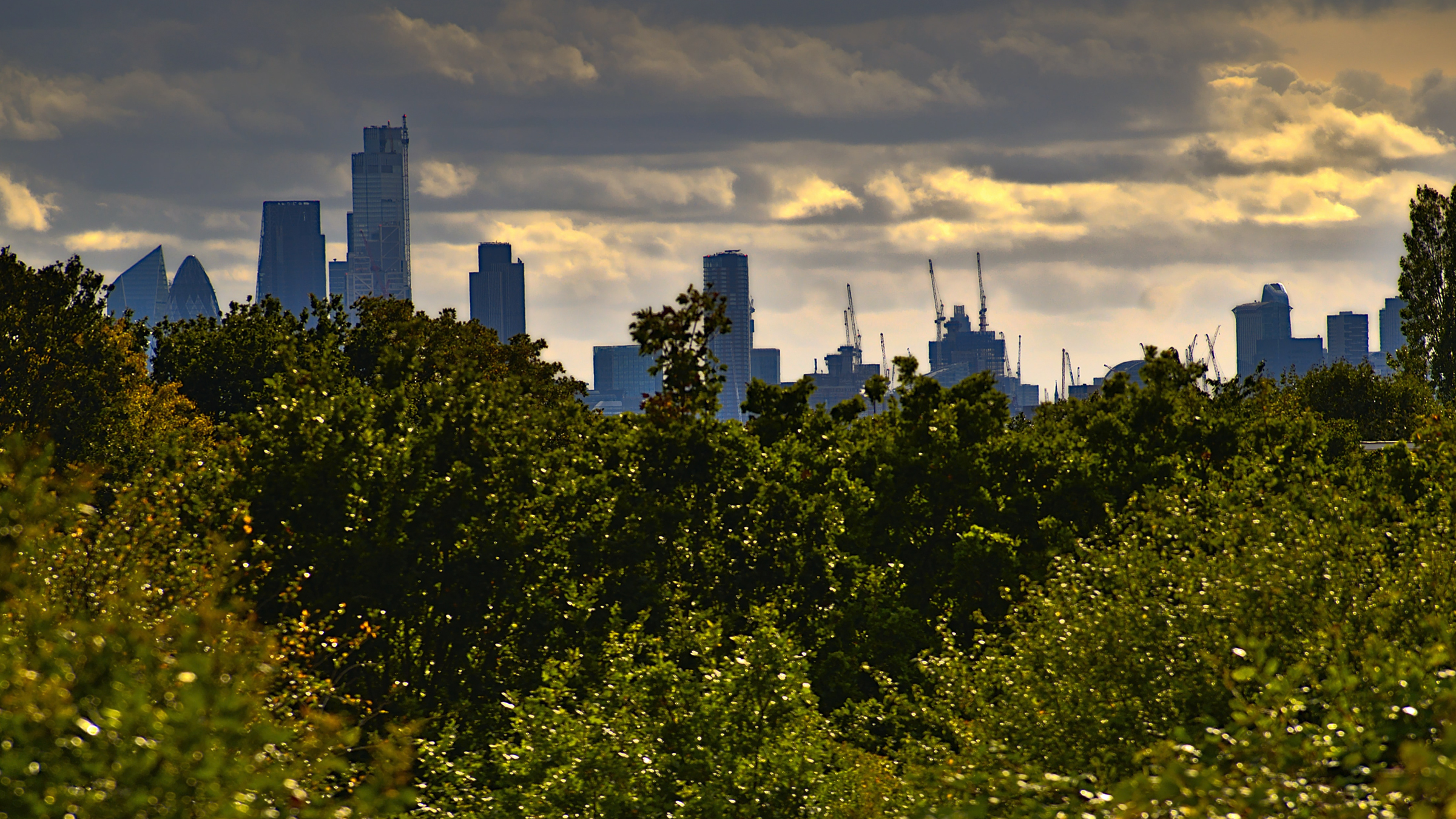
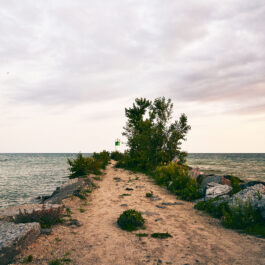


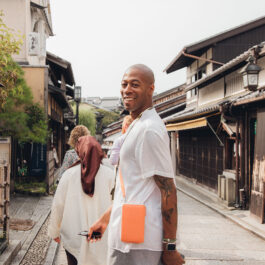



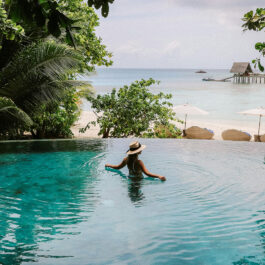

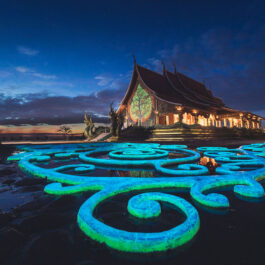


Sorry, the comment form is closed at this time.